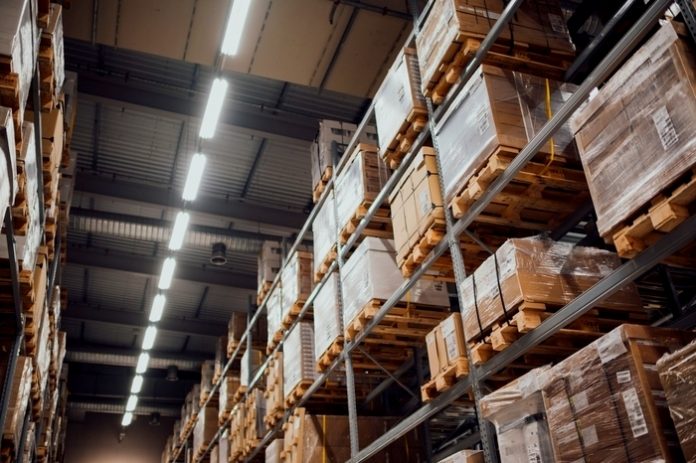According to latest research by Colliers, industrial occupiers are in a race for space as the UK is experiencing the lowest level of supply ever recorded, with only 18.1 million sq ft left, due to demand for logistics units continuing to be driven by the structural change in consumer spending patterns.
Colliers states that take-up in 2021 for industrial distribution warehouses of 100,000 sq ft+ reached 50.7 million sq ft, up 3.6 per cent year-on-year, a new record for the sector.
The research demonstrates that investors and developers are responding to this demand, with 11.1 million sq ft of speculatively built supply of 100,000 sq ft+ completed in 2021. This is the equivalent of 26 Wembley Stadiums and 49 per cent more space than in 2020. However 75 per cent of this speculatively developed space in 2021 has either already let or is under offer.
Andrea Ferranti, Head of Industrial and Logistics research commented: “The logistics sector continues to benefit from strong tail winds driving online consumer spending to constantly elevated levels.
“High levels of occupational activity and demand for new warehouses, due to the unceasing expansion of occupiers’ supply chains to keep up with e-commerce sales and online deliveries, will remain elevated throughout 2022. This will be supported by the provision of new space with global occupiers also working towards decreasing their carbon footprint.
“Despite demand remaining elevated relatively to historical standards, companies will continue to struggle to find space and it’s all about survival of the fittest and who will be able to expand operations in this challenging business environment.”
The latest Office for National Statistics (ONS) figures reveal that the share of online sales of total retail sales have increased to 30.1 per cent from 21.6 per cent in November 2019 prior to the pandemic. So Colliers predicts an annual e-commerce share of circa 29% for 2021, potentially a new record. Demand for new industrial warehouses will remain elevated and rents will continue to rise strongly as a result throughout 2022. This rental rises will continue to trouble occupiers looking to bolster their ability to keep up with the increasing demand for speedy and timely deliveries.
Len Rosso, Head of Industrial and Logistics at Colliers added: “The latest ONS figures point to the fact that consumer shopping behaviour has really changed over the years. Rents will certainly rise, pushed by a landlord-favorable supply/demand imbalance, increasing land values and inflationary pressures on construction costs. As a result, developers and funds will be reluctant to agree a set rent in advance for pre-lets on purpose-built projects and speculative schemes. This strong occupier market will continue to attract investors and we expect further yield compression over the first half of this year.
“While we are tracking circa 18 million sq ft of speculative supply advertised for completion by the end of this year, the sector really needs this extra space to function properly and given the strength of the demand, we believe that the market will not be oversupplied in 2022.”















